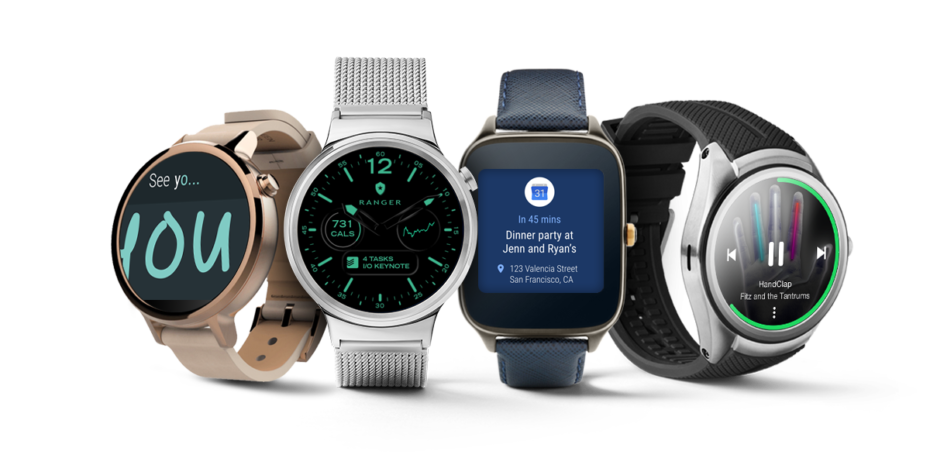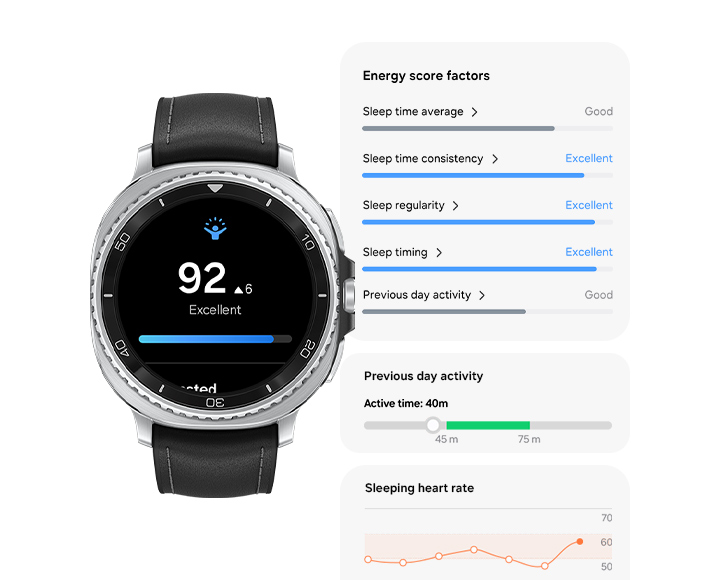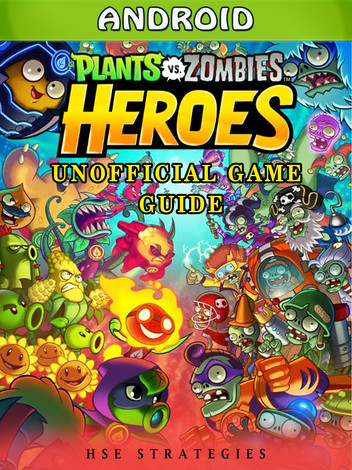
Beyond the Smartphone: The Ultimate Guide to Android Smartwatches and Wearables
The Next Evolution: Why Your Wrist is the New Hub for Your Digital Life
For over a decade, the smartphone has been the undisputed center of our digital universe. It’s our communicator, our navigator, our camera, and our window to the world. But a quiet revolution has been taking place, one that’s shifting the focus from the device in our pocket to the one on our wrist. Android smartwatches and wearables, once dismissed as clunky novelties for tech enthusiasts, have matured into sophisticated, powerful, and indispensable companions. They form the core of a personal area network, seamlessly connecting us to our health, our notifications, and our digital lives in a more immediate and less intrusive way than ever before.
This isn’t just about getting notifications on a smaller screen. It’s about a fundamental change in how we interact with technology. The latest Android News is filled with advancements in wearable tech, from groundbreaking health sensors to seamless software integration. This guide will take you on a comprehensive journey through the world of Android wearables. We’ll explore their evolution, dissect the current landscape dominated by powerful new devices, and provide actionable insights to help you understand how these incredible Android Gadgets can integrate with your Android Phone to enhance your daily life. Forget the technical jargon; this is about the real-world power and potential of having Android on your wrist.
The Evolution of Android on Your Wrist: From Android Wear to Wear OS
The journey of the Android smartwatch has been a marathon, not a sprint, marked by ambitious beginnings, a period of challenging stagnation, and a recent, spectacular rebirth. Understanding this history is key to appreciating just how far the platform has come and why now is the most exciting time to jump in.
The Early Days: The Wild West of Android Wear
When Google first launched Android Wear in 2014, the excitement was palpable. The promise was a miniature version of your smartphone on your wrist. Iconic early devices like the beautifully round Moto 360 and the utilitarian LG G Watch captured the imagination. They brought Google Now (the precursor to Google Assistant) and notifications directly to our line of sight. However, the reality was often frustrating. Early reviews and user feedback, frequently covered in Android News outlets, pointed to common pitfalls: abysmal battery life that barely lasted a day, laggy and inconsistent performance, and a software experience that felt more like a beta test than a finished product. The app ecosystem was sparse, and the devices were overly dependent on their paired Android Phone, acting as little more than a secondary screen.
The Stagnation and the Rise of Competitors
While Android Wear struggled to find its footing, Apple launched its own Watch, which quickly set the benchmark for what a smartwatch could be. It was fast, polished, and had a clear focus on fitness and health. For several years, the Android wearable space felt like it was treading water. Brands like Fossil and its subsidiaries carried the torch, producing a wide array of stylish watches that prioritized fashion over groundbreaking technology. While they kept the platform alive, the underlying Wear OS (as it was rebranded) felt neglected by Google, with few meaningful software updates and hardware that struggled to keep up. This period saw many users and tech journalists question the platform’s long-term viability.

The Rebirth: The Google-Samsung Partnership and Wear OS 3/4
The turning point came with a blockbuster announcement: Google and Samsung were joining forces to co-develop the next generation of Wear OS. This collaboration, which debuted with the Samsung Galaxy Watch 4, was a game-changer. By merging Samsung’s Tizen OS expertise with Google’s Wear OS, they created a platform—Wear OS 3—that was finally competitive. Performance and efficiency skyrocketed, the user interface became fluid and intuitive, and developers finally had a unified, modern platform to build for. With Wear OS 4 and the integration of Fitbit’s best-in-class health and sleep tracking algorithms following Google’s acquisition, the modern Android smartwatch was born. It was no longer just a concept; it was a polished, powerful, and compelling product ready to challenge the best in the market.
The Modern Android Smartwatch: A Deep Dive into the Ecosystem
Today’s Android smartwatch market is vibrant and competitive, primarily led by two tech giants who have leveraged the new Wear OS to create compelling, distinct experiences. Understanding the key players and how they interact with the broader Android ecosystem is crucial to making an informed choice.
The Flagship Contenders: Pixel Watch vs. Galaxy Watch
At the forefront of the Wear OS revolution are Google’s Pixel Watch and Samsung’s Galaxy Watch. While they share the same underlying software, their approaches create two very different user experiences.
The Google Pixel Watch 2 is the embodiment of Google’s vision for wearables. It offers a “pure” Wear OS experience, free of bloatware, with a clean, minimalist design that feels both futuristic and timeless. Its biggest strength is the deep, native integration of Fitbit. This isn’t just a tacked-on app; the entire health and fitness suite is powered by Fitbit’s proven technology, offering some of the most accurate activity tracking, heart rate monitoring, and sleep analysis available. For users of Pixel Android Phones, the experience is seamless, with a cohesive design language and tight integration with services like Google Assistant and Google Wallet.
The Samsung Galaxy Watch 6 series, on the other hand, showcases Samsung’s “everything but the kitchen sink” philosophy. It runs Wear OS but with Samsung’s One UI Watch skin on top, which adds a plethora of features, watch faces, and customizations. Its hardware is often more robust, featuring the iconic rotating bezel on the Classic model for tactile navigation and a wider range of sizes. It integrates deeply with the Samsung ecosystem, making it the perfect companion for a Samsung user who relies on Samsung Health, Bixby, and SmartThings. While some may find the software a bit busy compared to the Pixel Watch, others will appreciate the sheer volume of features and control it offers.
| Feature | Google Pixel Watch 2 | Samsung Galaxy Watch 6 |
|---|---|---|
| OS | Wear OS 4 (Stock) | Wear OS 4 (with One UI 5 Watch) |
| Health Suite | Fitbit (Deep Integration) | Samsung Health |
| Key Sensors | ECG, SpO2, Skin Temp, cEDA | ECG, SpO2, Skin Temp, BIA |
| Unique Feature | Clean software, Fitbit integration | Rotating Bezel (Classic), BIA Sensor |
The Wider Field and Software Synergy
Beyond the big two, other brands like Mobvoi with its TicWatch line and the Fossil Group continue to produce compelling Android Gadgets. Mobvoi, for instance, is known for its innovative dual-display technology on some models, which uses a low-power secondary screen to dramatically extend battery life. The beauty of the modern Wear OS platform is the synergy it creates. Imagine this real-world scenario: You leave for a bike ride, starting a workout on your Galaxy Watch. It tracks your GPS route and heart rate while you control your music playlist on Spotify. An important email comes through, and you quickly triage it from your wrist without stopping. Later, you stop for a coffee and pay with a simple tap of your watch using Google Wallet. All this happens independently of your phone, which is safely in your backpack. When you get home, all your workout data automatically syncs to your phone for you to review. This is the seamless, connected experience that modern Android wearables deliver.
Beyond Notifications: The Real-World Power of Android Wearables

The true value of a modern Android smartwatch lies far beyond simply mirroring your phone’s notifications. These devices have evolved into powerful, proactive tools for managing your health, streamlining your daily tasks, and deepening your engagement with your fitness goals. They offer tangible benefits that can have a meaningful impact on your well-being and productivity.
A Personal Health Guardian
The most significant advancement in wearables is their transformation into personal health monitoring devices. These aren’t just glorified step counters anymore. Here’s what the key sensors actually do for you:
- ECG (Electrocardiogram): By placing your finger on the watch’s crown or button, you can take a single-lead ECG. This feature is designed to detect signs of Atrial Fibrillation (AFib), a common form of irregular heart rhythm. A real-world case study involves a user who, after receiving repeated irregular rhythm notifications, shared the ECG data with their doctor, leading to an early diagnosis and treatment.
- SpO2 (Blood Oxygen): This sensor measures the oxygen saturation level in your blood. While not a medical diagnostic tool, it can provide insights into your respiratory health and how well your body is acclimatizing to high altitudes. It’s also a key metric used in advanced sleep tracking.
- Sleep Tracking: Modern wearables don’t just know when you’re asleep; they analyze your sleep stages (Light, Deep, REM) and track disturbances. You wake up to a “Sleep Score” and actionable advice, such as “Your REM sleep was low, try to avoid caffeine in the afternoon.” This data-driven approach helps you build better sleep habits over time.
- Fall Detection: A critical safety feature, especially for older adults or those who engage in solo activities like hiking. If the watch detects a hard fall, it will display an alert and, if you don’t respond, can automatically call emergency services and notify your emergency contacts with your location.
The Ultimate Convenience Tool
Smartwatches excel at eliminating friction from everyday tasks. They are masters of the “glance and go” interaction, saving you from constantly pulling out your phone.
- Contactless Payments: With Google Wallet or Samsung Pay, your credit and transit cards are on your wrist. Imagine navigating a busy subway station during rush hour; instead of fumbling for your wallet or phone, you simply tap your wrist on the reader and go. It’s faster, more secure, and incredibly convenient.
- Turn-by-Turn Navigation: Using Google Maps on your watch is a revelation. When walking or cycling in a new city, you no longer need to stare down at your phone. Your watch will give you subtle haptic feedback—a specific buzz pattern—to signal an upcoming left or right turn, allowing you to stay aware of your surroundings.
- Smart Home Control: Through Google Home or Samsung SmartThings, your watch becomes a remote control for your connected home. As you’re pulling into the driveway, you can turn on the lights, adjust the thermostat, and even open the garage door, all from your wrist.
Choosing Your Perfect Android Wearable: A Practical Guide

With a thriving market and diverse options, selecting the right Android smartwatch can feel overwhelming. However, by focusing on a few key considerations and adopting some best practices, you can ensure you get a device that perfectly complements your lifestyle and your Android Phone.
Key Considerations Before You Buy
- Ecosystem is King: While most Wear OS watches work with any Android phone, the experience is almost always better when you stay within the same ecosystem. A Samsung Galaxy Watch unlocks its full potential (like ECG and blood pressure monitoring in some regions) only when paired with a Samsung phone. Similarly, a Pixel Watch offers the most fluid experience with a Pixel phone. Consider your current phone and your loyalty to its brand.
- Battery Life Realism: This is the most common pain point. Despite massive improvements, most feature-rich smartwatches like the Pixel Watch 2 and Galaxy Watch 6 require charging once every 24-40 hours, especially with the always-on display and continuous health monitoring enabled. If multi-day battery life is a non-negotiable priority, you may need to look at more fitness-focused Android Gadgets or a TicWatch with its Essential Mode, but be prepared to trade some smart features for that longevity.
- Health vs. Smart Features: What is your primary use case? If you are a serious athlete or have specific health concerns, prioritize a device with top-tier sensors and robust fitness software like the Fitbit-powered Pixel Watch. If you’re more interested in productivity, notifications, and smart home controls, you might focus on software experience and app availability.
- Design and Durability: This device will live on your wrist, so aesthetics and comfort matter. Consider the case size for your wrist, the material (lightweight aluminum vs. premium, scratch-resistant stainless steel or titanium), and the ease of changing bands to suit different occasions. Also, check the IP rating and water resistance (e.g., 5ATM) to ensure it can survive your daily activities, from washing hands to swimming.
Best Practices for a Great Experience
- Curate Your Notifications: The single most important tip to avoid feeling overwhelmed is to customize your notifications. In the watch’s companion app on your phone, be ruthless. Allow only the most important apps (messages, calendar, key work apps) to buzz your wrist. This turns your watch from a constant distraction into a helpful filter.
- Master Your Tiles: Tiles are the quick-glance screens to the left and right of your watch face. Customize them to put your most-used functions—like the weather, your daily fitness progress, your next appointment, or media controls—just a swipe away.
- Explore the Play Store: Don’t just stick with the pre-installed apps. The on-watch Google Play Store has a growing library of useful applications. Download Spotify for offline music on your run, Google Keep for grocery lists on your wrist, or Strava to sync your workouts.
Conclusion: Your Wrist is the New Frontier
The journey of the Android smartwatch is a testament to persistence. From its awkward, experimental beginnings, it has blossomed into a mature, powerful, and genuinely useful category of Android Gadgets. The collaboration between Google and Samsung has breathed new life into the platform, creating a competitive and innovative ecosystem that finally rivals the best in the industry. Today’s wearables are no longer just passive notification screens; they are proactive health monitors, convenient payment devices, and seamless extensions of our digital lives.
As you consider the landscape, remember that the best smartwatch is the one that removes friction from your day and empowers you with timely, relevant information. It’s an extension of your Android Phone, yes, but it’s also a uniquely personal device that’s always with you. As technology continues to advance, with future Android News promising even more sophisticated sensors and AI-driven insights, the capabilities of the device on your wrist will only continue to expand. The smartphone in your pocket isn’t going away, but its role is changing, and the new frontier is, without a doubt, right on your wrist.



